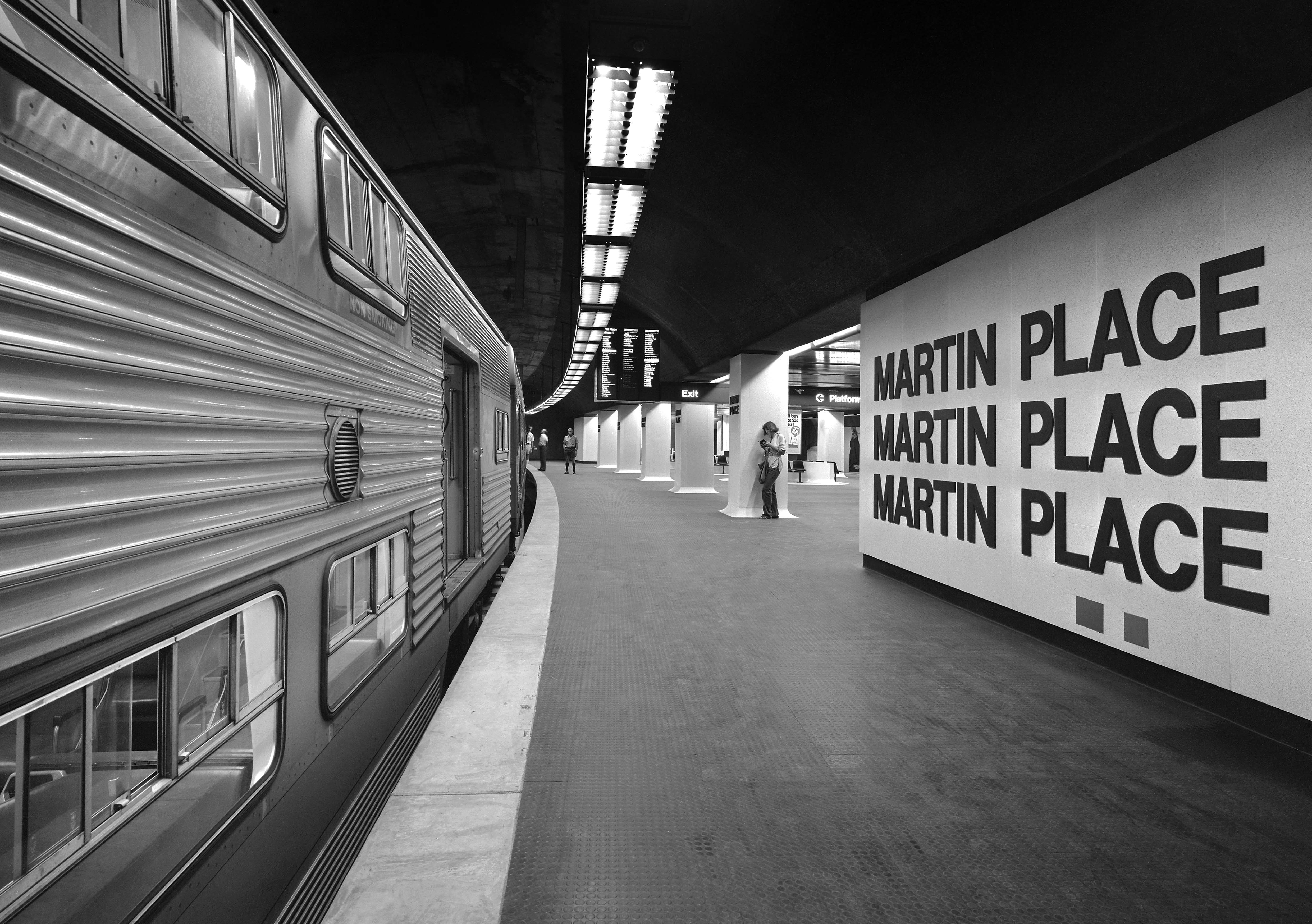Book explores history of Sydney's "valley of sandstone"
From colonial thoroughfare to financial hub, the evolution of one of Australia's most iconic urban spaces is captured in a new book by UNSW academics.
From colonial thoroughfare to financial hub, the evolution of one of Australia's most iconic urban spaces is captured in a new book by UNSW academics.

Fran Strachan
Communications Manager Low Carbon Living CRC
+61 2 9385 5402
fran.strachan@unsw.edu.au
UNSW academics have contributed to a richly illustrated book exploring the history of one of Australia's most iconic urban precincts.
Sydney’s Martin Place: A Cultural and Design History edited by UNSW Built Environment’s Judith O’Callaghan, Paul Hogben and Professor of Planning Rob Freestone, recalls the evolution of Martin Place from a colonial thoroughfare to a global corporations hub, and more recently as the site of the tragic Lindt Cafe siege.
Australian poet and journalist Kenneth Slessor once described Martin Place as the ‘valley of sandstone’ because of the look of its major nineteenth and twentieth century buildings, including Sydney’s General Post Office. Since then Martin Place has evolved to become the heart of Sydney’s financial district, a popular meeting place and the site of public protests.
Launching the book, UNSW Built Environment Dean Professor Helen Lochhead said; “There has been no publication to date that has charted the complex history of Martin Place’s development. This handsome book goes a long way in addressing that serious omission.”
Chief Commissioner of the Greater Sydney Commission and Adjunct Professor at UNSW’s Faculty of Built Environment Lucy Turnbull said the book is “testament to how our constantly changing city is ever-evolving to adapt to and to grasp the potential of an ever-changing future”.
The editors said Sydney’s Martin Place “offers a timely opportunity for reflection as a new wave of developments confirm the status of Martin Place as one of central Sydney’s greatest and most fascinating urban spaces”.
Australian modernist photographer Max Dupain’s images grace many of the books pages, including photos of Harry Seidler & Associates’ iconic MLC Tower and the interior of the Martin Place train station.
Eight UNSW Built Environment academics contributed chapters to the book including: Dijana Alic; Sing D’Arcy; Paola Favaro; Maryam Gusheh; Peter Kohane; Associate Professor Harry Margalit; Russell Rodrigo and Katrina Simon.
UNSW Professor of Practice and architect Richard Johnson's memorial to the Lindt Café victims and survivors will become a centrepiece of Martin Place when it is installed. The design features 400 flower symbols encased in glass cubes that will be laid into the granite pavement. Scattered across the plaza in a starburst pattern, the flower cubes will light up at night.
Sydney’s Martin Place is UNSW Urban Typologies Research Cluster’s second major publication and is supported by Macquarie Group Limited, the Gwynvill Group and Pembroke Real Estate Australia. The cluster's first book, Leisure Space: The Transformation of Sydney 1945-1970 was shortlisted for a 2015 NSW Premier's History Prize.